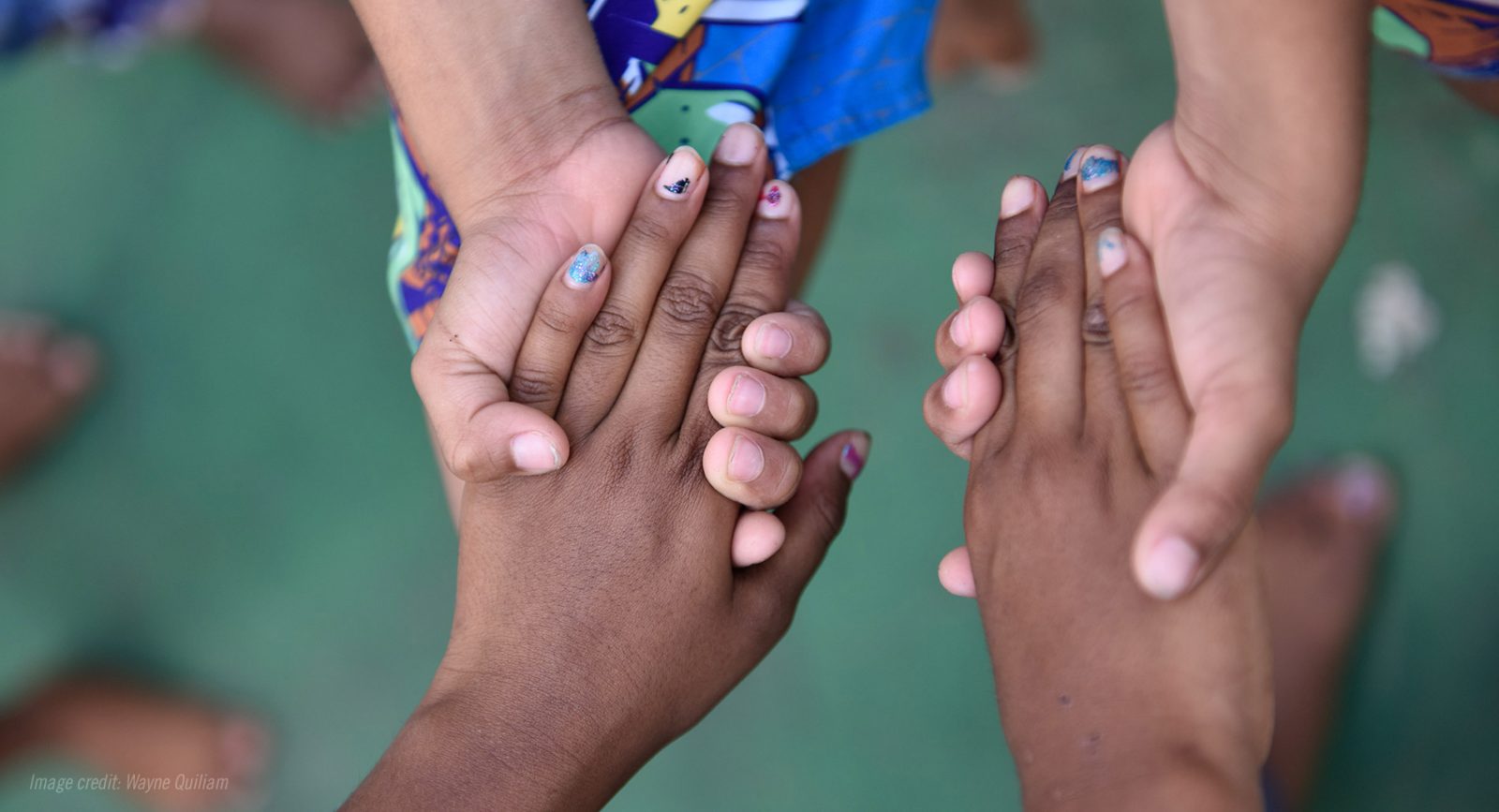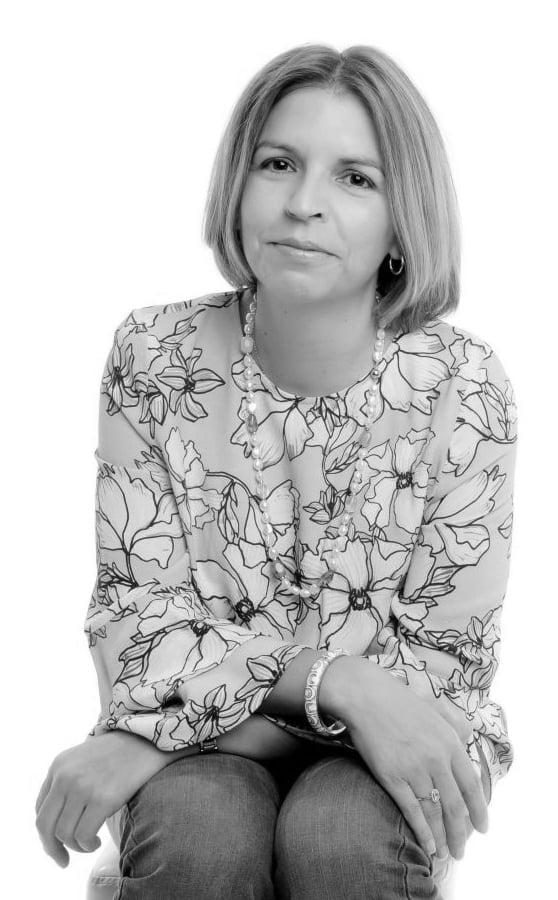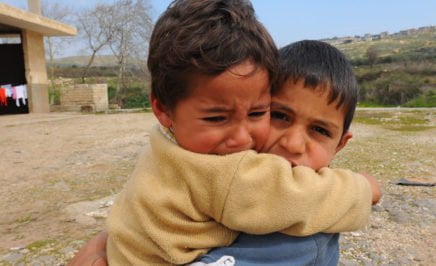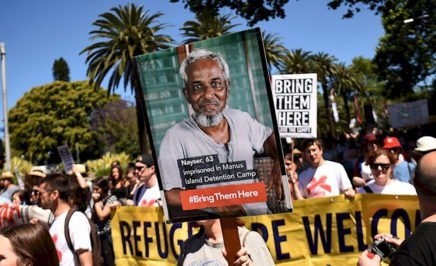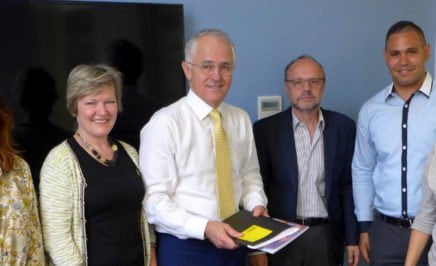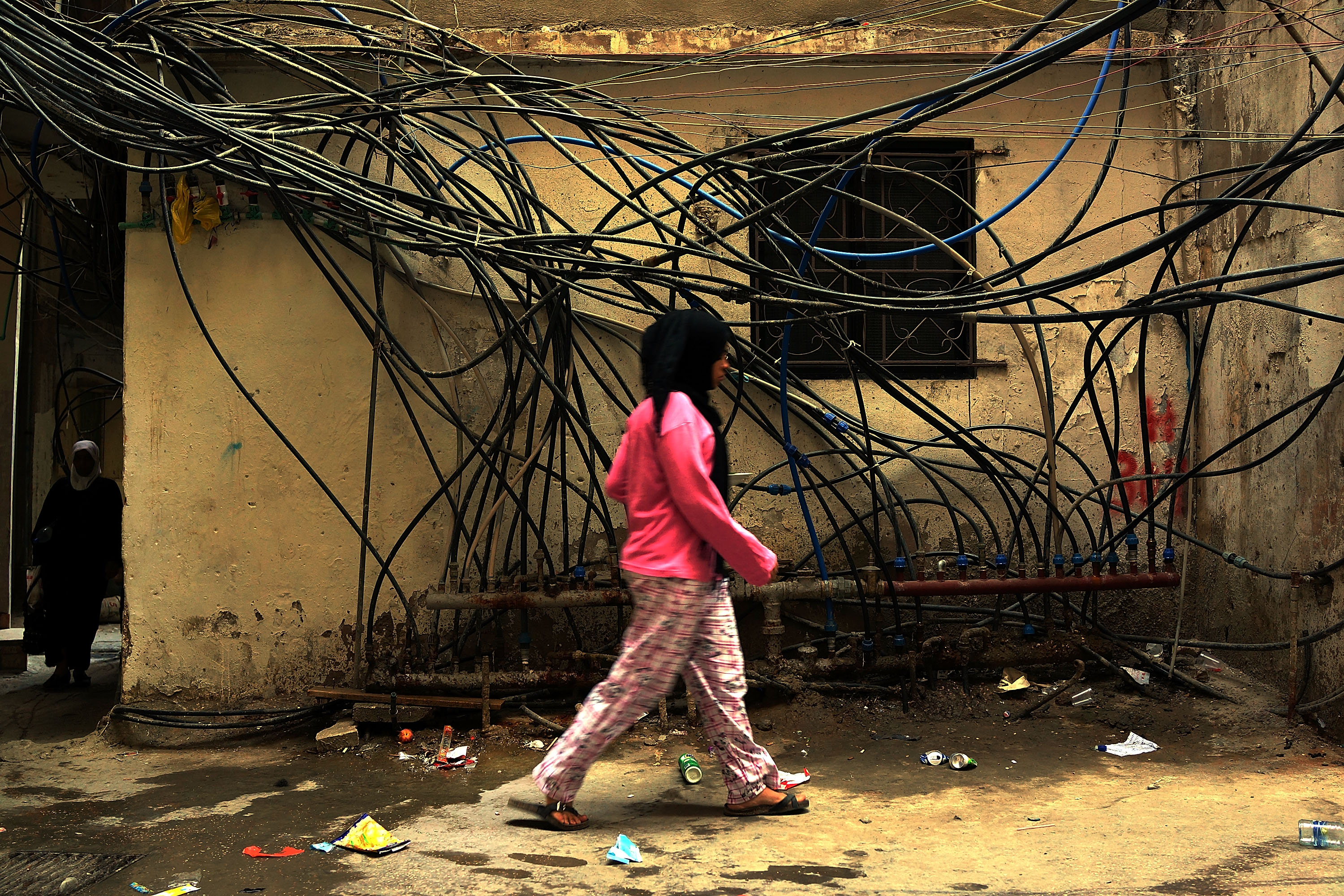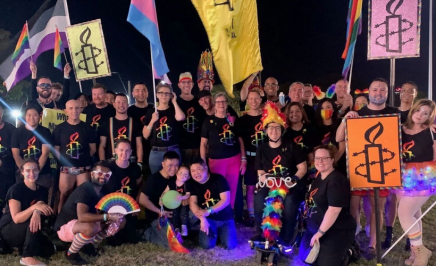By Dr. Hannah McGlade Curtin
As a Noongar woman, a mother, and human rights advocate I have been very shocked and saddened by the tragic loss of young lives in my community. Young Aboriginal children and youth are ending their lives before they’ve had a chance to build them. Our national health bodies have called for an urgent political response to the crisis, and I agree this must be addressed now by government before more lives are lost.
Across Australia, our children and young people are taking their own lives and communities are reeling with the pain and suffering from the loss. This sensitive topic may overwhelm you with sadness and confusion. It’s hard to understand what can be driving children and youth to end their lives.
Already this year, more than 50 Indigenous people across the country have taken their lives— with youth and children comprising more than half of those deaths. Earlier this year in the Kimberley of Western Australia, the Coroner inquired into the deaths of 13 Aboriginal children, calling for implementation of the fundamental human rights principle of self-determination into government policies and practices. The Coroner was right to advocate for self determination, because denial of Aboriginal people’s human rights lies at the heart of what is taking place.
With that in mind, here are eight issues behind Aboriginal youth suicide that must be addressed.
- Colonisation
History and the impact of colonial dispossession of Aboriginal people from their lands, and the violence inflicted on people for resisting, is still relevant today. Aboriginal people experienced massacres, forcible removal into missions and reserves which were run harshly – not unlike concentration camps, and were denied the right to equality and citizenship until as late as the 1960’s. We need a Truth Telling process and Makaratta as called for at Uluru, so there is accountability and justice for what has happened in the past.
- No Treaty or Reparations
There was no Treaty or reparations process for what took place, which was cultural genocide according to the Human Rights Commission in the inquiry ‘Bringing Them Home’, which examined the forcible removal of Aboriginal children and separation from their families. This history, along with colonial violence, has left deep psychological scars that still exist today for the survivors and their families. Indigenous people are not able to recover properly from a genocidal past where there are no proper processes in place to make amends.
- Intergenerational Trauma
We must accept the reality of Intergenerational trauma, which is pain from trauma left unhealed that can unknowingly be passed down from generations. Evidence about the ongoing impacts of the Stolen Generations history is now known, as the children of the survivors are more likely to have health problems, be incarcerated and have their own children removed. We haven’t made real commitment to healing from the past, and Aboriginal people, including our children, are still paying the price of a genocidal past.
- Racial Discrimination and Vilification
Aboriginal people were subjected to a myriad of laws such as the Native Welfare Act 1905 in Western Australia that legitimated racism and racial discrimination on a daily basis. Aboriginal people were segregated and forced to live on missions and reserves. Children of mixed race were the property of the Native Protector and deemed a threat to the nation. While overtly racist laws may no longer exist, racism remains a real problem in Australia today. Racism and discrimination can be direct, overt, or it can happen when people don’t even realise that their negative attitudes and assumptions are based on racial stereotypes and prejudice. It can also take the form of structural inequality and systemic discrimination. That is, laws and systems that don’t take into account and impact more harshly Aboriginal people’s lives. Racism and racial abuse impacts Aboriginal people in a traumatic way and can lead to children and youth ending their lives.
- Poverty, housing & homelessness
Aboriginal people, as a result of the past, experience intergenerational poverty and may be struggling with housing and homelessness. This wealth inequality is causing food insecurity and lack of access to basic necessities. This makes it hard for children to obtain an education and for people to find jobs to work their way out of poverty. Employment and education outcomes and opportunities are critical to addressing suicide. Having a meaningful life makes sense. Stress and suffering associated with poverty, homelessness or overcrowding in homes, can make children vulnerable to abuse, including sexual abuse, and also increases vulnerability to suicide.
- Family Violence and sexual abuse
It is true that our women and children experience very high levels of family violence. Colonisation and patriarchy denigrated our people’s traditional culture where women and men had their own roles described as ‘separate but equal’. Colonisation perpetrated horrific violence and abuse, including sexual abuse, against people. Aboriginal women’s bodies were devalued and abused. It’s critical that we develop our own human rights informed responses to family violence. In the Aboriginal community it is well known that many children and youth who experienced family violence and sexual abuse have later taken their lives. We have to remember that not all the offenders are Aboriginal men, and we need to acknowledge and support women’s leadership and knowledge in this area.
- Overrepresentation in the criminal justice system
Trauma and ongoing deprival of human rights is a vicious cycle, which leaves too many people caught up in the criminal justice system. There is mass incarceration of our people, including children as young as ten years old. Racial profiling, racism in the courts and the role of poverty in crime are relevant. Courts and prisons for children and youth are not rehabilitative or safe places. They are too often violent and unsafe environments that heighten trauma and increase likelihood of suicide and self-harm.
- Child removal
Aboriginal families are having their children removed at unprecedented levels, higher than ever before. Aboriginal women are deemed unfit to mother by non-Aboriginal social workers because they are victims of family violence, live in poverty and may use substances, which is a known coping mechanism to trauma. Removing children from mothers and families increases trauma profoundly and especially on the mothers, many of whom are young people themselves. We all want children to be safe, but widespread and traumatic removal practices that negate Aboriginal strengths and decision making are not the answer. The national Family Matters campaign supports Aboriginal human rights and models such as Aboriginal Family Led Decision Making (AFLDM) to ensure that children are safe and stay in families. We have to remember that it was also more than twenty years ago that our national human rights body recommended that Aboriginal people be tasked with child protection authority in the ‘Bringing Them Home’ inquiry. To date, this has only occurred in Victoria.
There are many underlying reasons driving Aboriginal children and youth to commit suicide, and we need a national urgent response by government. Responses to this national crisis must be informed by self-determination and human rights principles. While we can never undo the past, we can respect Aboriginal people’s human rights today— especially as the violation of human rights lies at the heart of this tragic loss of innocent children and young people’s lives.
Dr Hannah McGlade is a Nyungar human rights lawyer and academic who has published widely on many aspects of Aboriginal human rights issues, especially those affecting the lives of Aboriginal women and children. Her Ph.D manuscript received the Stanner Award and she is the author of Our Greatest Challenge, Aboriginal children and human rights. At present, Hannah is the Senior Indigenous Research Fellow at Curtin University and also a member of the Noongar Child Protection Council, the Aboriginal Family Law Service and the Djinda Family Services.
As the first Aboriginal woman to graduate from a Western Australian law school in 1995, Hannah has been active in law reform, advocacy and community development. In recognition of her outstanding work in the Noongar community, including in relation to the repatriation of the former Sister Kate’s Children Home lands, Hannah received the 2008 WA NAIDOC Outstanding Achievement Award.
In 2016 Hannah (who holds a Masters in International Human Rights Law) was appointed the Senior Indigenous Fellow at the United Nations Office of the High Commission for Human Rights in Geneva, during which time she assisted with the work of the Expert Mechanism on the Rights of Indigenous Peoples and presented to the Human Right Council. She has advocated and appeared before a number of UN human rights bodies, including the UN Committee on the Elimination of Race Discrimination (2017) where she represented Aboriginal child rights and also as an advisor to the Australian Law Reform Commission 2017 Inquiry into Indigenous incarceration which has called for a national review into Aboriginal children and out-of-home care.
